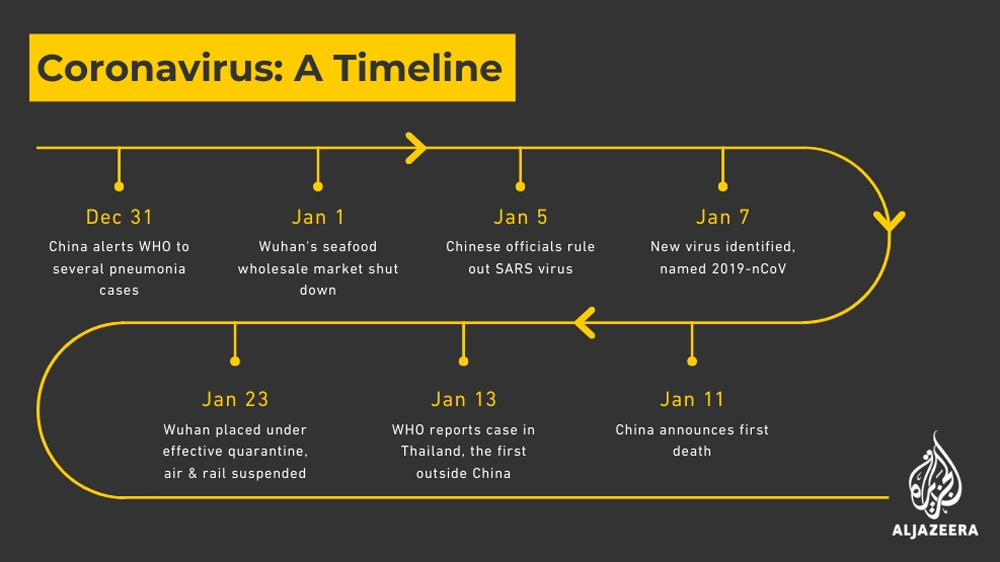



University of Texas president Greg Fenves said his wife had tested positive. Some students have never returned to class nearly a year later. Mark Escott, interim health authority at Austin Public Health.Īustin ISD and many other Central Texas school districts canceled classes that Friday and started spring break early. “Austin and Travis County has joined a seemingly growing number of cities and counties that have positive cases in their area,” said Dr. March 13, 2020: First cases in Travis County. "We have therefore made the assessment that #COVID19 can be characterized as a pandemic"- #coronavirus /JqdsM2051A- World Health Organization (WHO) MaCOVID-19 arrives in Central Texas from Europe, excluding the United Kingdom. World Health Organization Director-General Tedros Adhanom said the organization was “deeply concerned both by the alarming levels of spread and severity, and by the alarming levels of inaction.” Later that day, President Donald Trump announced a suspension of all travel to the U.S. March 11, 2020: COVID-19 declared a pandemic. The festival organizers later put out a statement: “‘The show must go on’ is in our DNA, and this is the first time in 24 years that the March event will not take place.” “I’ve gone ahead and declared a local disaster in the city, and associated with that, I have issued an order that effectively cancels South by Southwest.” That’s how Austin Mayor Steve Adler broke the news in a news conference. Collectively, they would test more than 125 people per day. Four other labs would soon come online, making up the Laboratory Response Network. Labs in El Paso and Houston could test up to 15 patients, and Dallas and Lubbock could test about 10 patients per day. The state lab in Austin could test up to 26 patients a day. March 5, 2020: “Texas now has the ability to test for COVID-19.” Six testing labs opened in Austin, Dallas, El Paso, Fort Worth, Houston and Lubbock. Texas cities which had labs making up the Laboratory Response Network.


 0 kommentar(er)
0 kommentar(er)
